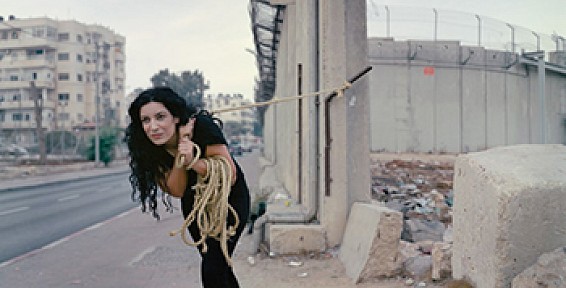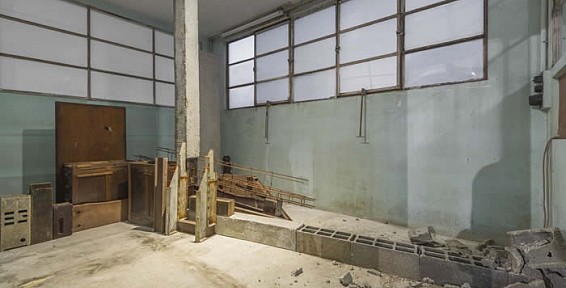The Written City
April 19, 2015 - By e-flux
The Written City exhibition looks at the spatial organization of city and state as a product of often conflicting political intentions. The exhibition analyzes the relationships between several political discourses and their design, interpretation and control of the urban and national space.
The Written City brings together contrasting perspectives of the construction, the use, the representations and the questioning or disputing of the political production of space.
The development of urban and national space often presupposes forms of physical or symbolic inclusion and exclusion. In that respect the exhibition deals with a number of spatial metaphors such as barricades, boundaries and fences or so-called “gated communities,” and at the same time the destruction or penetration of these types of partition.






